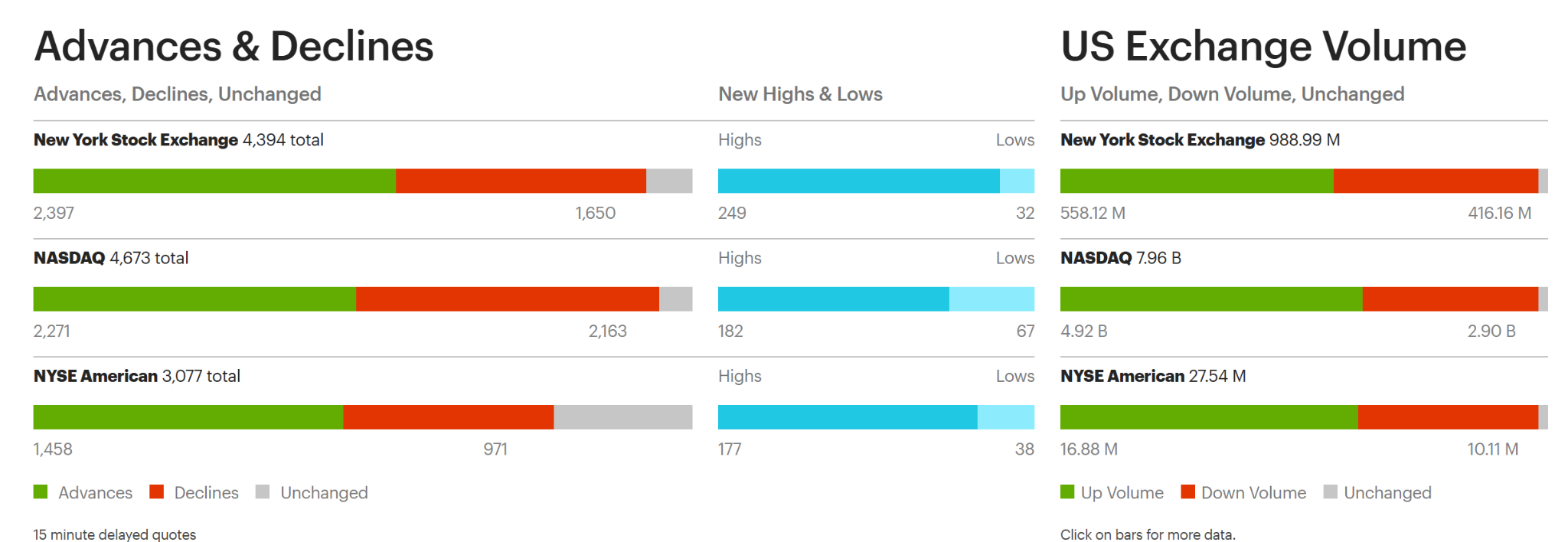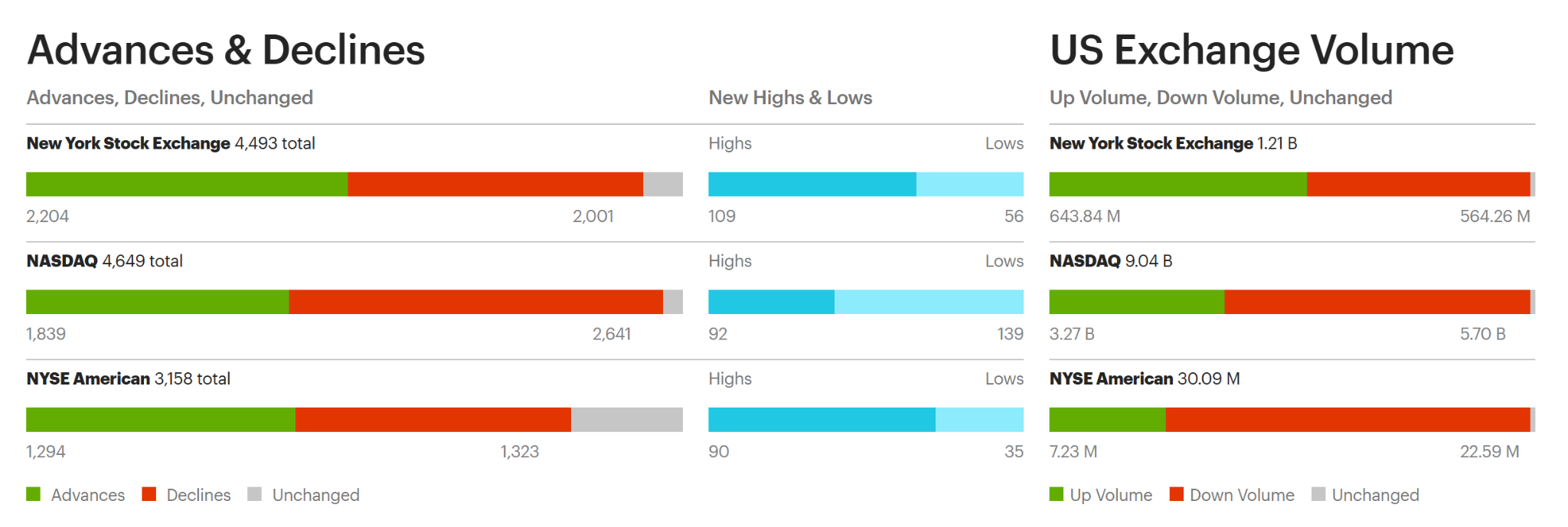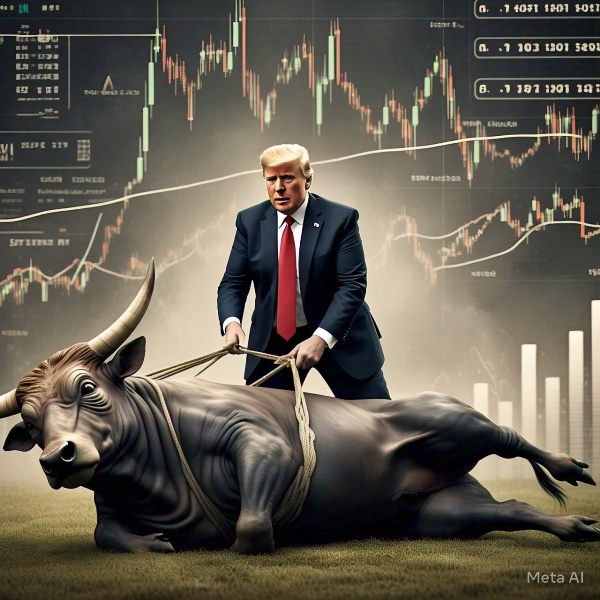On Friday, January 31, 2025, President Donald Trump announced the imposition of new tariffs: 25% on imports from Canada and Mexico and 10% on imports from China, effective February 1, 2025. In response to this announcement, the S&P 500 experienced a decline, closing at 6,101.24 on January 31, 2025, down from its previous close. The SPDR S&P 500 ETF Trust (SPY), which tracks the S&P 500 index, also reflected this downturn, closing at $601.82, a decrease of approximately 0.5% from the prior day. Investors expressed concerns that these tariffs could lead to increased costs for companies reliant on imported goods, potentially squeezing profit margins and contributing to inflationary pressures. Despite a strong start to the year, the market’s reaction to the tariff announcement indicates apprehension about potential economic disruptions and the possibility of retaliatory measures from affected trading partners. While the S&P 500 had been exhibiting a (slight) bullish trend, introducing these tariffs introduces uncertainty. The market’s negative response suggests that investors are cautious about the potential impact on corporate earnings and the broader economy. Monitoring upcoming economic indicators and corporate earnings reports will be crucial to assess whether the bullish trend can be sustained in the face of these new trade policies. (That being said, expect a range-bound market until that happens.) (There will be no runaway bull market until monetary policy from the white house is understood, or we get a nice 10%+ correction!)
Trump and Tariffs
From January 20, 2025, through January 24, 2025, the markets showed willingness to rally—until, of course, the new administration decided to shake things up with a fresh batch of tariffs. And not just any tariffs—ones even higher than the markets would have liked. No guesswork is needed here: tariffs make things more expensive. That means you, me, and everyone else will pay more. If companies pass the costs on, prices go up. If they decide to “eat” them, profits and sales take a hit. Either way, it’s a lose-lose. (Uncertainty)
And you know what markets really hate? Uncertainty. I say it all the time—institutional investors despise anything that makes them guess. And right now, that’s exactly what we’ve got. So don’t expect some explosive bull market anytime soon. The market is more likely to stay stuck in a range, waiting for a clear sign of what the administration is going to do.
Now, about those tariffs—Trump announced Friday that 25% tariffs on Canada and Mexico and 10% on China would kick in on February 1. Sounds dramatic, right? But let’s be real: implementing tariffs isn’t as simple as flipping a switch. And if there’s one thing Trump knows better than anyone, it’s how to control a news cycle. My bet? The tariffs won’t end up being quite as bad as advertised. And guess what? If they’re lower than expected, he still wins. The media loves a good plot twist, and Trump is the ultimate showrunner.
And let’s not forget—Trump loves low interest rates. These tariffs, if they go into effect, will force the Fed’s hand when it comes to monetary policy, which means they’ll have a direct impact on interest rates and the bond market. Trump understands this game. Don’t be shocked if the tariffs quietly get watered down, or better yet, if Canada and Mexico suddenly “crackdown” on the border and Fentanyl trafficking—only for the tariffs to miraculously shrink or disappear.
Either way, Trump walks away the winner (wins the border,& illegal immigrant debate), and the media gets played (again), while the markets sit around waiting for the next headline. Welcome to 2025.
My Take
I said it earlier—there will be no runaway bull market until the White House’s monetary policy is clear. And don’t expect the Federal Reserve to step in, even if economic weakness starts showing up. Until then, the market will stay stuck in uncertainty—unless, of course, we get a nice 10%+ correction to shake things up. SO GET USED TO IT!
Take a look at the advances and declining stocks and the advancing volume vs. declining volume on a daily basis last week.
They are all over the place. This shows a very nervous market that is filled with uncertainty.





On Friday
Noticed up volume on the NASDAQ outpaced declining volume by a 4.3 to 3.9 ratio YET the number of declining issues outnumbered advancing issues almost 2 to 1. Clear sign traders are “falling off the bid”.
My take
If up volume on the NASDAQ is more than down volume but declining stocks outnumber advancing stocks 2 to 1, what does that indicate?
This is actually a pretty intriguing market signal.
Imagine it like a river that’s wide but shallow in most places, except for a few deep channels. The overall flow of water (volume) is strong in those deep spots, but the majority of the riverbed isn’t carrying much water at all. In market terms, this means that while most stocks are slipping, a handful of heavy hitters are seeing substantial buying activity that’s boosting the total up volume.
This scenario often indicates that big institutional investors are pouring money into a few select stocks—maybe tech giants or companies with strong earnings reports—while the broader market sentiment is cautious or bearish. It’s like everyone’s crowding into the safest boats when the seas get rough.
Another layer to this is market breadth. When declining issues outpace advancing ones significantly, it shows weak market breadth, suggesting that the overall market momentum is faltering despite high trading volumes in certain stocks. This can sometimes precede market corrections because the strength isn’t widespread.
It’s also worth considering that this could signal a rotation in the market. Investors might be moving out of smaller or riskier assets and into larger, more stable companies, affecting the advance-decline ratio and trading volumes differently.
On the flip side, such divergences can occasionally hint at an upcoming shift. If those heavily traded advancing stocks start losing steam, the market could experience more pronounced declines. Monitoring indicators like the advance-decline line or the volume-weighted indexes might provide additional insight.
At the end of the day, remember increasing earnings, profit margins, and productivity gains decide where the longer-term trend of a market will go. We still have that. But the apple cart could get upended with a tariff war. This creates uncertainty. If you are not a long-term holder of stock, I am of the opinion it is prudent to take money off the table if the opportunity presents itself.

